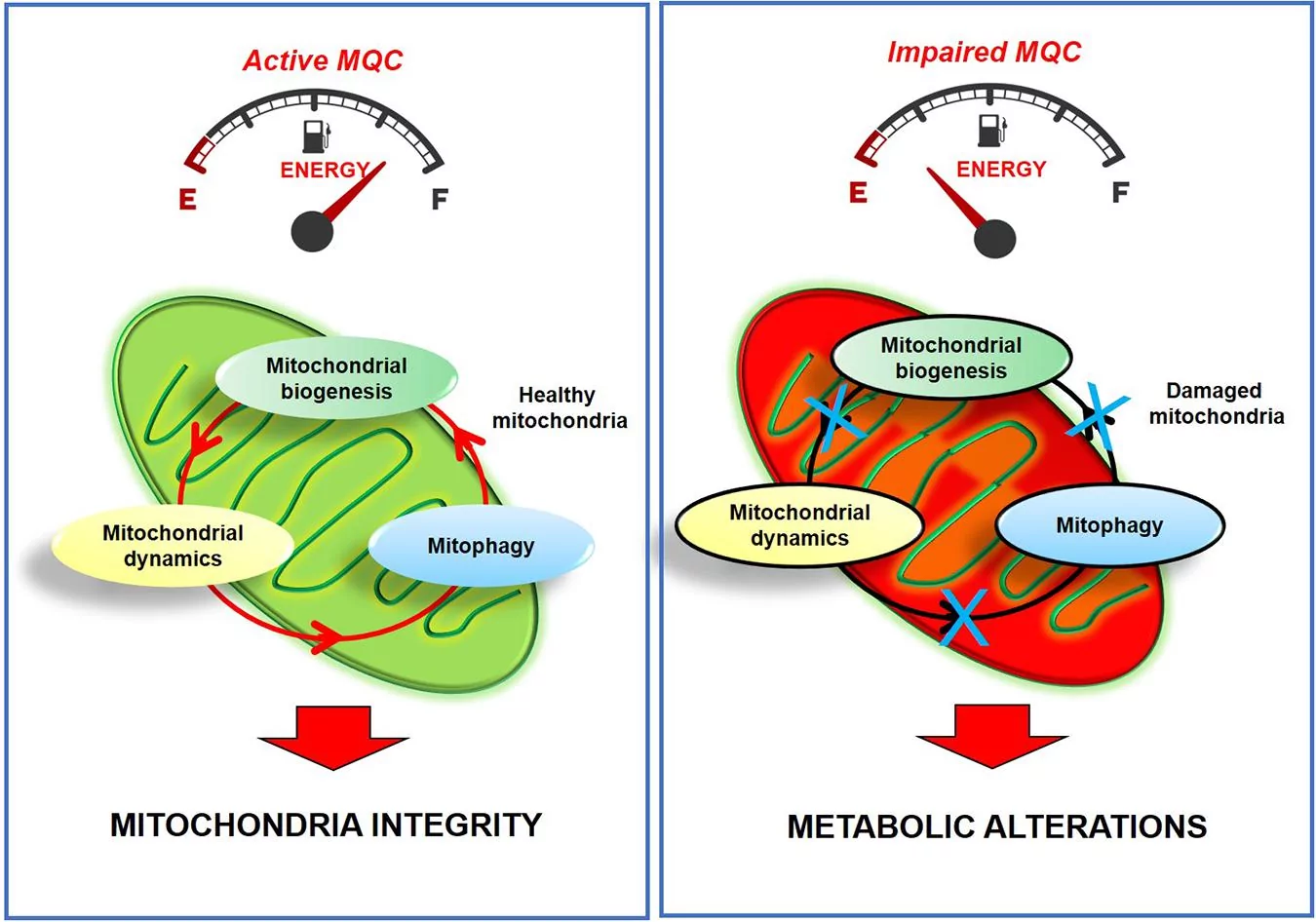What Is NAD and Why Athletes Care About It
What Exactly Is NAD?
Nicotinamide Adenine Dinucleotide (NAD+) is a coenzyme present in every living cell. Think of it as an electron shuttle that enables your mitochondria—the cell's "power plants"—to turn the carbs and fats you eat into usable energy (ATP). NAD+ also supports DNA repair, healthy cellular signaling, and other pathways tied to longevity and resilience.
For athletes, that means NAD+ affects not just how much power you can produce during a session, but how quickly you bounce back afterward.

NAD+ participates in redox reactions that turn fuel into ATP.
Why Athletes Care About NAD Levels
- Energy Production: NAD+ is central to glycolysis, the TCA cycle, and oxidative phosphorylation—pathways that power sprints, lifts, and long efforts.
- Recovery: Efficient energy turnover and support for DNA repair help reduce fatigue and soreness after hard training blocks.
- Endurance & Consistency: Better mitochondrial function can help delay exhaustion and stabilize pacing.
- Focus Under Fatigue: Athletes report steadier mental clarity when cellular energy is better supported.
Why NAD Can Decline (and What That Means for Training)
NAD+ levels can dip with age, chronic stress, sleep loss, poor nutrition, and high training loads. When that happens, the result is often familiar: slower recovery, more frequent dips in power, and a greater risk of overreaching. Protecting cellular energy status helps you keep quality high through long cycles.
Smart Ways Athletes Support NAD
There are three pillars to protecting cellular energy: foundational habits, targeted nutrition, and appropriate supplementation.
- Foundations: Sleep 7–9 hours, prioritize whole-food macronutrients, and periodize intensity.
- Nutrition: Ensure adequate B-vitamins (especially niacin and riboflavin) and electrolytes for efficient energy turnover.
- Targeted Supplementation: Some athletes use specialized formulas aimed at supporting cellular energy to complement training blocks and recovery phases.

Pair targeted cellular support with high-yield recovery habits for best results.
Timing & Practical Protocols
For most athletes, consistency beats perfection. Consider aligning cellular-support routines with your training plan:
- Base/Hypertrophy Phases: Daily support to improve training density and reduce perceived fatigue.
- Peak/Competition: Maintain support to preserve sharpness and recovery between demanding sessions.
- Deload or Off-Season: Taper volume but keep foundational habits to consolidate gains.
Note: Always personalize based on response and consult a qualified professional if you manage medical conditions or medications.
Stacking Ideas (Without Overcomplicating Things)
NAD-centric strategies can pair well with:
- B-Complex: Co-factors that sit upstream in energy metabolism.
- Creatine: Supports rapid ATP regeneration for strength and sprint efforts.
- Electrolytes: Sustain nerve conduction and muscle function during long sessions.
- Recovery-oriented peptides: Some athletes explore options like CJC-1295 DAC or BPC-157 under appropriate guidance for soft-tissue support and sleep quality.
Safety, Side Effects, and What the Science Says
NAD+ biology is a rapidly evolving research area. Many studies explore how boosting cellular NAD+ influences metabolism, mitochondrial function, and healthy aging. For an overview of mechanisms and current evidence, see this authoritative NIH resource on NAD metabolism.
Most healthy athletes tolerate basic NAD-supporting strategies well, but responses vary. If you experience unusual symptoms, discontinue use and consult a professional.
Practical Tips to Get the Most from NAD-Support Strategies
- Start Simple: Layer strategies gradually so you can attribute results to the right inputs.
- Mind Your Sleep: Deep sleep is where the payoff happens—protect it.
- Hydrate & Fuel: Under-fueling or low electrolytes can mask benefits.
- Track a Few Markers: Consider HRV trends, resting heart rate, session RPE, and training volume to gauge impact.
FAQ: Quick Answers for Busy Athletes
How fast can I expect to feel a difference?
Some athletes notice a change in perceived energy within 1–2 weeks; others require a full training block. Consistency and sleep quality matter.
Is NAD support better for endurance or strength?
It's relevant to both. Endurance athletes may notice steadier pacing; lifters often report improved session quality and better recovery between heavy days.
Can I stack NAD support with creatine and electrolytes?
Yes—these address different points in the energy-production chain and often complement one another.
Bottom Line
NAD+ sits at the heart of cellular energy. When supported appropriately—alongside sleep, nutrition, and smart programming—it can help athletes train harder, recover faster, and perform more consistently. If you're optimizing your next block, consider a targeted approach to supporting cellular energy for training and recovery as part of a comprehensive plan.
Articles

If you are looking to bulk up, you probably already know that you could use steroids to amplify your muscle building efforts. In this article you will learn how to bulk up correctly so that you can maximize your muscle growth and minimize your fat gains.

This article provides you with simple bodybuilding diet tips that will help you to get cut and ripped as quickly as possible. Without a strictly designed muscle gaining diet that emphasizes fat loss, no bodybuilding training routine will give the expected result.

Learn the key differences between testosterone esters and Sustanon, their uses, benefits, and which one is best for your fitness goals. Trusted brands included.
Customers Feedbacks
Please leave your feedback on products or service below.
Thank you beforehand.


